
My personal decision to pursue financial independence (FI) is hard to put into words. It’s difficult to describe because there is no single defining moment. Instead, it is based on a collection of incremental mental shifts spread out over a few years.
Over time, this series of changes have merged to become a core set of beliefs and the driving force for my pursuit of FI.
This should not surprise those who know me well. I’m the type of person who likes to let new ideas simmer in the back of my mind. I like to allow some time to process ideas. I’m known as a planner for this very reason.
I’m often the one who is running different scenarios, researching all my options, and considering the outcomes of each potential decision. This allows me to move forward with conviction and confidence when it is time to make decisions.
Jess and I decided to pursue financial independence together at a very specific time. But it’s the years leading up to that moment that influenced my personal decision to pursue financial independence.
In many ways, the time leading up to our official decision was like rice cooking on the stove. While you may notice the pot on the stove, there are key changes happening without being aware. It isn’t until the culmination of the events that you take notice that change has occurred.
The same was true for my decision to pursue financial independence. My personal beliefs changed one by one. This resulted in a new perspective where pursuing financial independence was the right choice for us. I hope to, as best as I can, describe the personal transformation that led me (and us) to pursue FI.
My Introduction to Financial Independence
I was first introduced to financial independence by two early Fioneers: Pete from Mr. Money Mustache (MMM) and Jacob from Early Retirement Extreme (ERE). I found their websites around 2012. I was obsessed with personal finance and was reading a lot of other blogs at that time.
Many recognize both Pete and Jacob as pioneers in the FIRE movement. They were both early advocates for financial independence. Each with their own voice and unique story.
They were my first introduction to financial independence, and I wanted nothing to do with it.
At least not on the surface.
I saw their stories as extreme examples of pursuing and reaching financial independence. Their stories were not relatable to me.
I recently pulled up ERE to confirm the publish dates of his original posts that I remember reading. On his $7,000/year post he acknowledges the challenges of being seen as extreme:
Wheaton observes is that people who spend one or two levels below you are inspiring to you in terms of budget reductions. People who spend three levels below you are slightly nutty and people who spend four or more levels below your level are crazy or downright extreme. This holds no matter where you are. If you spend 60k, then 50k and 40k is inspiring, 30k is nutty and 20k is crazy. If you spend 30k, then 20k and 15k is inspiring, 10k is nutty, and 7.5k is crazy. Conversely, people who spend a couple of levels above you are considered prodigal and wasteful.
Both MMM and ERE were too extreme for me at the time. Back then I still read much of their work out of curiosity, but I ignored applying the content to my life. Unlike so many that I’ve heard, I did not drop everything and become a believer.
But I did take several key ideas from them, including two notable takeaways.
1. Incremental Freedom
I did not want to retire tomorrow. But I did grab ahold of a very important concept that I’m calling incremental freedom. As I’ve written about before (when I wrote about Savings Rate), I learned the importance of increasing our savings rate. By increasing our savings rate, we could reduce the number of years that we would have to work.
Equipped with this knowledge, I convinced Jess to make incremental steps to increase our savings rate. I knew that by saving an extra 5% each year, we could reduce the number of years that we had to work.
I saw increasing our savings rate as a way of cutting years of employment at the end of our careers. In other words, it was a trade-off of unnecessary spending with years of work.
By doing it in small amounts each year, it felt painless. This idea of incremental freedom has later become such a key part of our approach to our finances.
2. There’s Value in Not Spoiling Yourself
Pete was and is known for his DIY approach, and pushing his limits. He describes the pursuit of financial independence as a muscle that you develop. To grow and develop muscles, you have to use those muscles. Pete taught me an important lesson around not spoiling yourself.
Instead of the mantra of “treat yo’ self,” there’s actually value in pushing your limits. There’s an inherent benefit to optimizing your life and finding a better way to live.


I used to think of finances as balancing spending money and delaying gratification. Any act of saving money or frugality was an intentional action for future you. MMM helped me re-frame this and see that you can find enjoyment in the struggle. In other words, resist spoiling yourself and you will find happiness and enjoyment in the challenge.
Side note: this is similar to Liz Thames’s take on frugality as a self-discovery tool and a way to resist laziness. Read my review on her book Meet the Frugalwoods if you’d like to learn more.
Limiting Beliefs that Prevented me from Immediately Accepting FI
My first introduction to financial independence did not push me to pursue FI. I wasn’t convinced that FI was right for me.
The above takeaways took root in my mind, informing how I approached my finances. But there were many limiting beliefs that prevented me from deciding to pursue financial independence. Looking back now, there were several distinct beliefs that prevented me from accepting FI right away.
1. Financial Independence is Only for High-Income Earners
The first belief that kept me from embracing financial independence was that FI was only for high-income earners. I’m not sure what actually caused me to believe this, but believe it I did.
This idea was and is accompanied by a limiting belief that I would not earn a high income. I was not eligible to be part of the financial independence group.
It wasn’t that I didn’t believe that I could accumulate wealth. It was that I couldn’t accumulate wealth or passive income fast enough. At least not to reach financial independence before the traditional retirement age.
2. Financial Independence is not for Nonprofit Employees
Another similar belief that kept me from pursuing FI was that I did not think I could achieve financial independence as a nonprofit employee.
Part of this is tied to the previous limiting belief around income. As an employee of a nonprofit organization, I earn less than my peers in the private sector. This prevents me from being able to accumulate wealth as quickly, or so I thought.
This belief was also a result of the stories of those that had reached financial independence. Early on, it seemed like the common narrative of those reaching FI went something like this:
- I had a high-income job, but I resisted the consumeristic tendencies of my peers
- I saved a lot and accumulated wealth early on in my career
- That wealth allowed me to pursue other interests
- Now that I’m financially independent I want to give back to the community
The FI stories often associated mission-driven work with a post-FI stage in life. Not the alternative. No one ever talked about giving back WHILE pursuing FI. This was not a thing.
Because I had not seen it done, I let my limiting beliefs convince me that financial independence was not for me. It was almost as if I was telling myself that I was ineligible.
3. Pursuing Financial Independence would Require a Two-Stage Retirement Journey
The stories of early Fioneers also had a profound impact on my impressions of the financial independence movement. The other limiting belief that I held was that pursuing financial independence would require what we like to call a “two-stage retirement journey.” The first stage is an extreme wealth accumulation phase, followed by an abrupt transition to early retirement.
There are many who ascribe to this understanding of financial independence. They are motivated by escaping a job they hate. They become obsessed with hitting their targeted wealth accumulation number.
In many ways, this understanding of FI mimics a traditional retirement journey of career to retirement, just on a faster timeline.
This wasn’t appealing to me for many reasons, including:
- I enjoyed my job. I didn’t (and still don’t) want to leave my job right now.
- I associated the wealth accumulation phase with deprivation. I didn’t (and still don’t) want to sacrifice enjoyment now for a future reward. This feels weird to say because my tendency to save money over buying something may be mistaken for this. But I don’t see that as depriving myself. My understanding of FI at the time meant going all-in and trying to get to FI as quickly as possible.
- Pursuing FI would also mean giving up things that I enjoy like traveling overseas. Jess and I both value this and there was no way we would give this up even for future freedom.
These three beliefs kept me from considering pursuing financial independence. It took me several years to work through a lot of these subconscious beliefs. It wasn’t until we hit a critical breaking point that pushed the rest of the way to financial independence.
Financial Independence Breakthroughs: Overcoming My Limiting Beliefs
Last year we finally hit a breaking point. I should actually say that Jess hit a breaking point. She was working 50 hours every week and then added another 8-10 hours each week commuting to and from work. She also worked in a stressful work environment. It took everything that she had (and then some) to keep going.
She and I would both get home from work completely exhausted. It would take everything we had to make dinner and avoid getting take out food. Our life was not sustainable and we knew it.
Around the same time, Jess and I were doing a book swap and I asked Jess to read Your Money or Your Life by Vicki Robin. We’ve written about this before, but suffice it to say the possibility of a new life intrigued Jess.
This was the proverbial straw that broke the camel’s back. This is what pushed us to finally pursue financial independence. But this was only possible because of the groundwork done in the several years leading up to this – at least for me.
In the years leading up to last year, there were several breakthroughs that I experienced. These breakthroughs made me open to pursuing financial independence.
1. The Purpose of Financial Independence
I used to think of financial independence quite literally. The purpose of financial independence was thus to accumulate wealth to buy freedom. The oversimplification of this could be stated as: “Hoard money now, so you don’t have to work later.”
One of the breakthroughs I made was around the purpose of financial independence. The mechanics of financial independence involve money. But the purpose is actually about pursuing happiness, meaning, and flexibility.


When you understand financial independence more broadly, there is no longer a singular focus on money. The pursuit of passions and hobbies are no longer contradictory, but instead complimentary.
In other words, it’s okay to spend money while pursuing FI.
2. Enjoying My Job Does Not Mean I want to Work There Forever
I’ve been working for the same organization for almost seven years. This is a long time to spend at one employer. It’s no longer common for someone to spend more than a few years at a single employer.
As much as I enjoy my job, I now understand that it does not mean I will want to work there forever. A lot can change in a short period of time and I want to prepare for that.
I also have several things that limit me. I’m tied to a specific location. I cannot do my job from anywhere. I also have a limited amount of PTO.
All these factors contributed to me wanting to pursue financial independence. Accumulating wealth gives you options in the future should anything change.
3. Savings Rate Matters More than Income
While having a high income helps, it is not everything. Savings rate is the better indicator of progress toward financial independence. Savings rate does not discriminate, and it relates to how early you can retire.
This realization was and continues to be quite empowering. I no longer focus on those who make more money than me. Instead, this gives me the confidence to take control of my situation. I can choose to spend less or work to earn more money to improve my situation.
Income is not the only thing that matters. This gives me greater confidence that I can pursue and reach financial independence.
4. Working for a Nonprofit and Pursuing FI are not Mutually Exclusive
Another big breakthrough for me was realizing that I can continue to work for a nonprofit. This goes back to the first breakthrough around the purpose of FI. If the end goal is to pursue things that you are passionate about, why not find a way to achieve that now.
This is at the core message of the Fioneers. We believe that you should use incremental freedom along the journey to design your ideal life. Don’t wait to create your ideal life. Find a way to make it happen now.
There are few (if any) other stories of nonprofit professionals achieving FI. But this does not mean it is impossible. We are on track to reach FI in the next 10-15 years, and I’m looking forward to proving that it is possible.
5. We can Travel without Spending a lot
We also realized that we can still travel without spending a lot of money. Through techniques like travel hacking, we can have the best of both worlds: experience new places while working toward FI.
This applies not just to travel, but many of our hobbies. By designing our life in such a way to reduce expenses, we can have both. We can have our cake and eat it too. These small life hacks help us enjoy today, while also working toward our long-term goals.
Don’t Let Your Understanding of FI Hold You Back
My personal transformation did not happen overnight. But I overcame the limiting beliefs that were holding me back. I got to a point where I felt confident suggesting the pursuit of financial independence when we hit our breaking point.
These breakthroughs laid the groundwork for us (as a couple) to have the confidence to pursue financial independence.
We are now enjoying the journey, and we are working toward our long-term goals. As I look back, I’m glad that I didn’t let my limited understanding of financial independence hold me back from making these lifestyle changes.

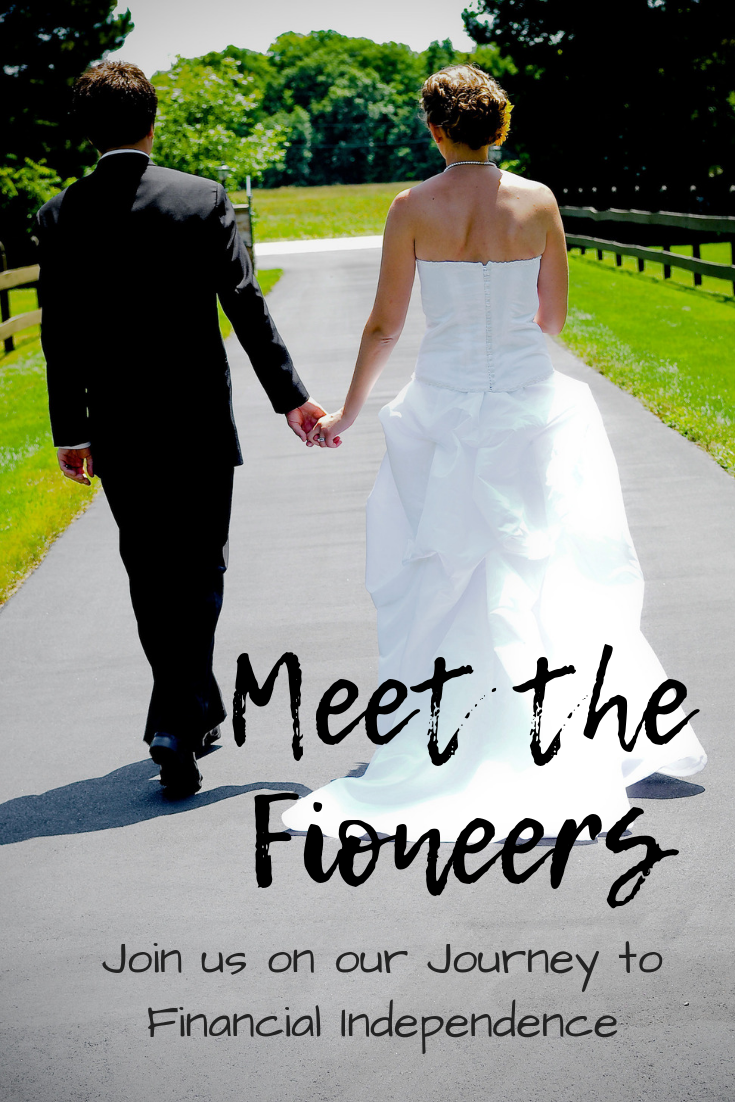
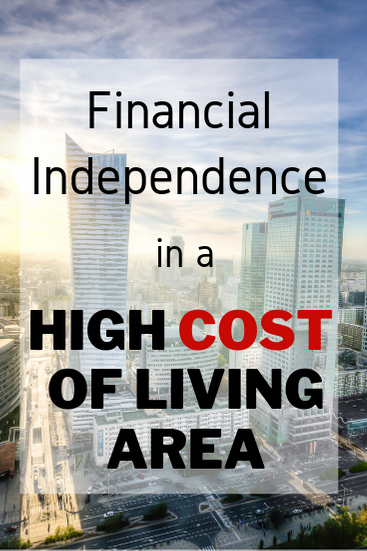
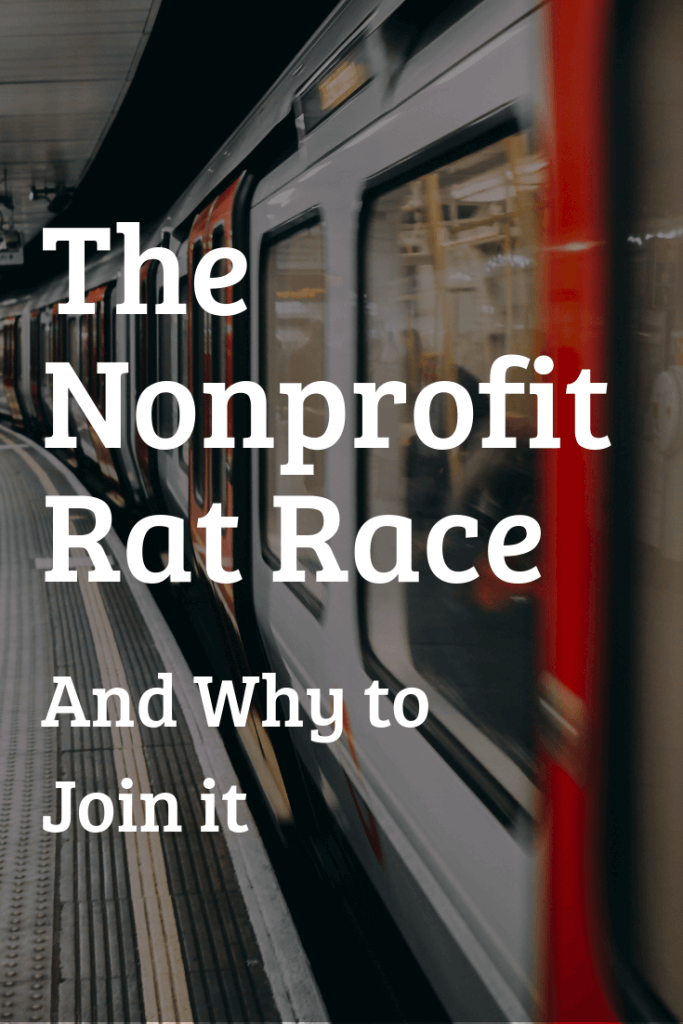

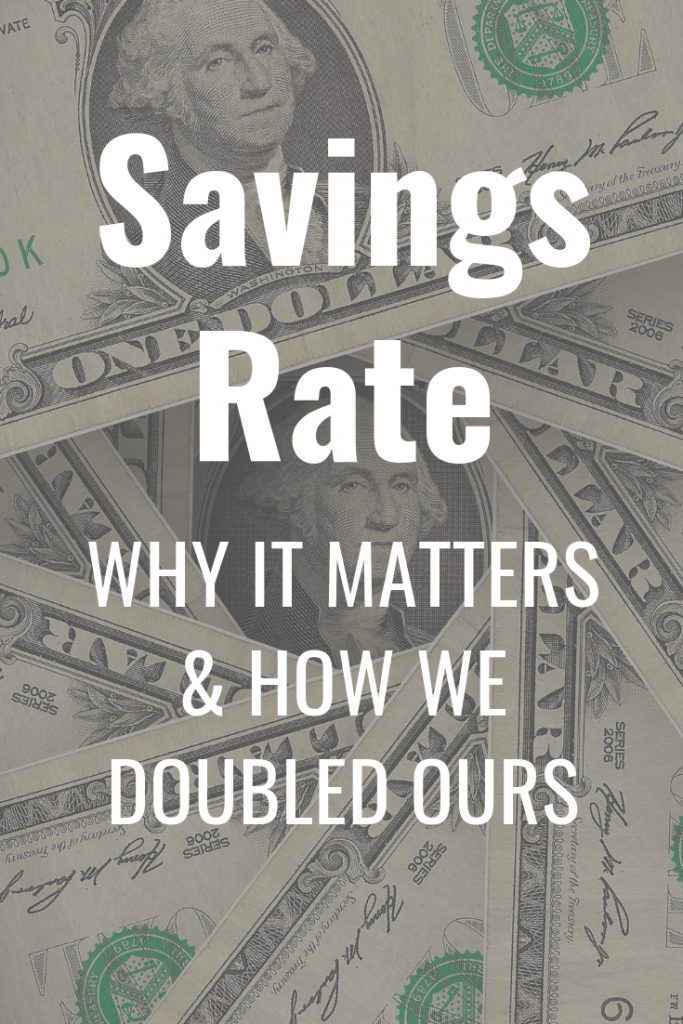
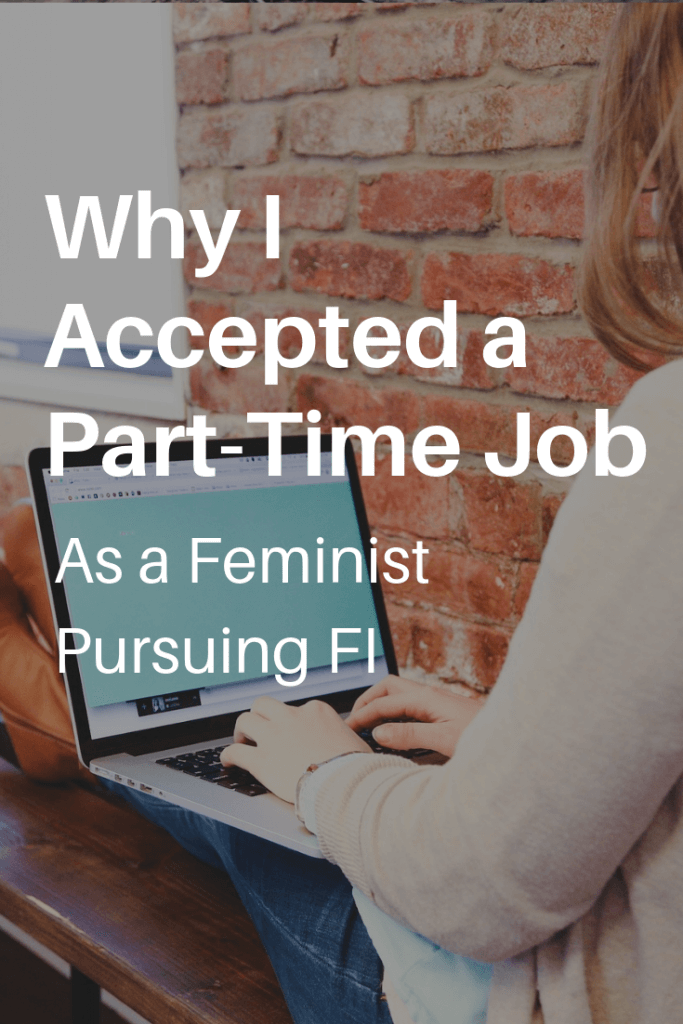
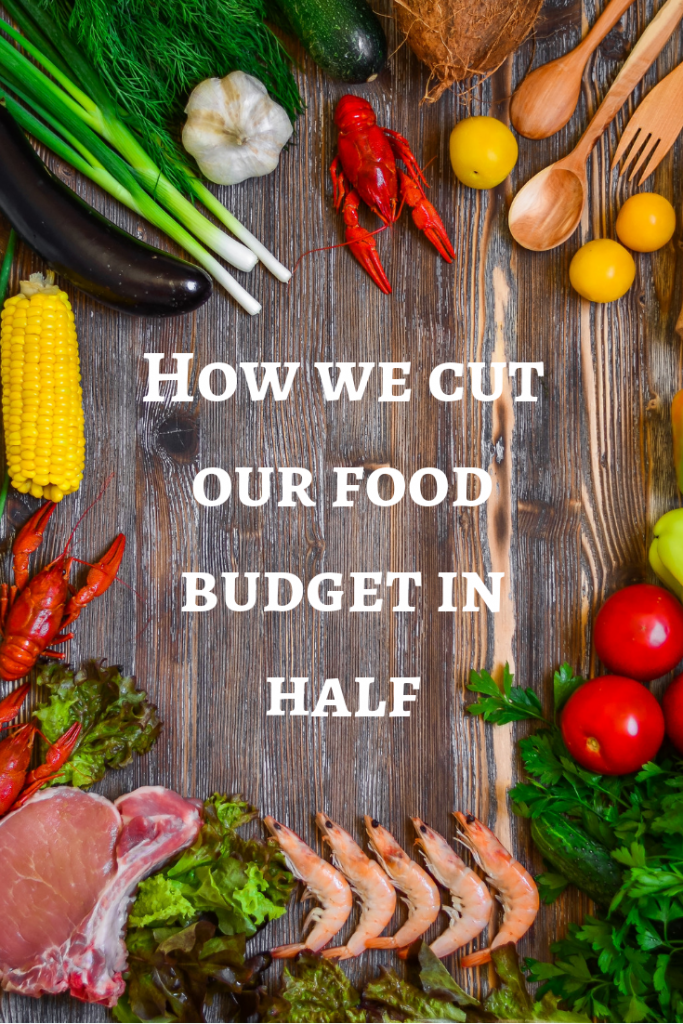


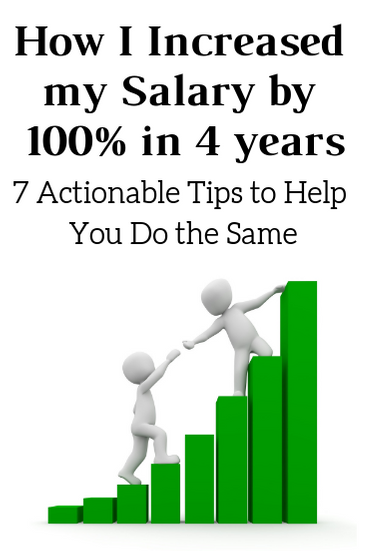
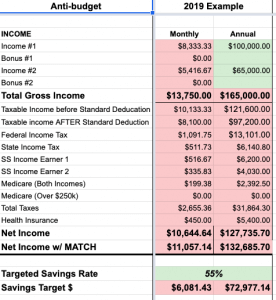

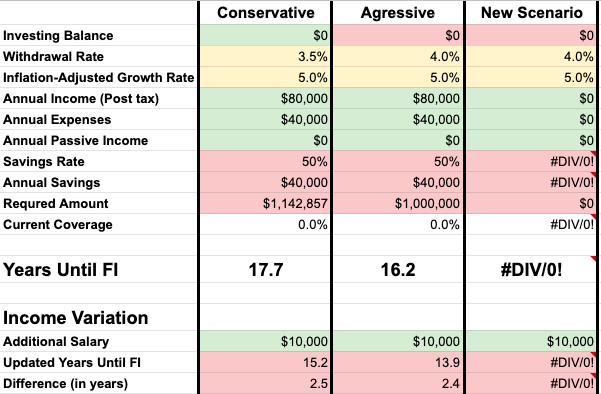
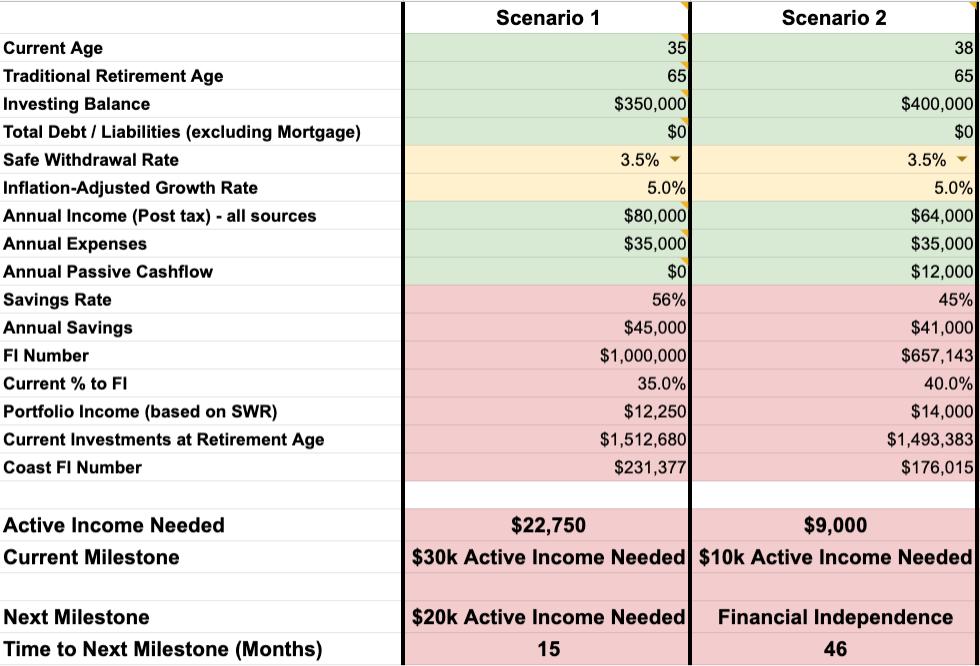
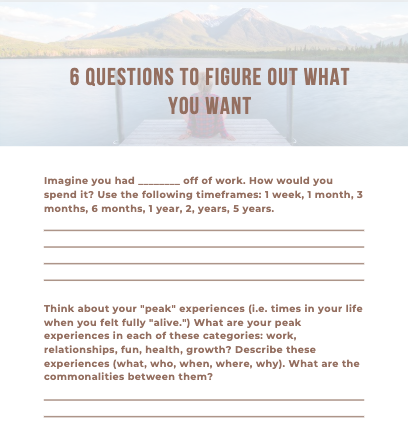

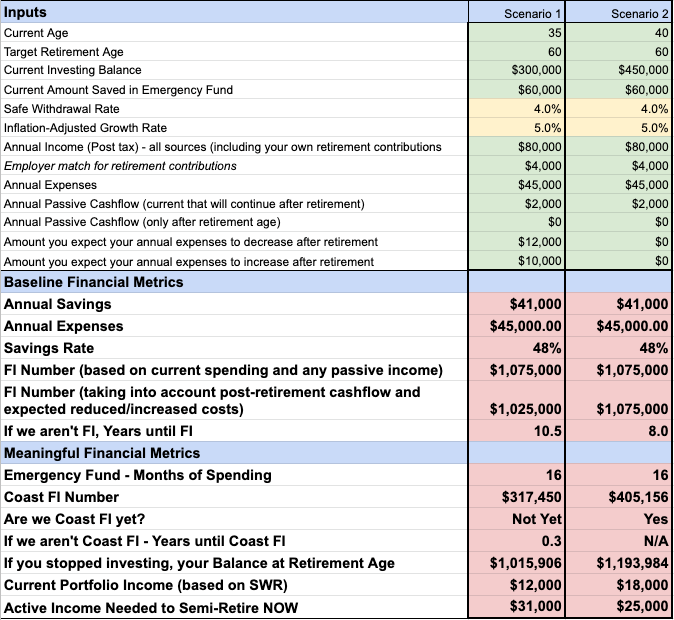
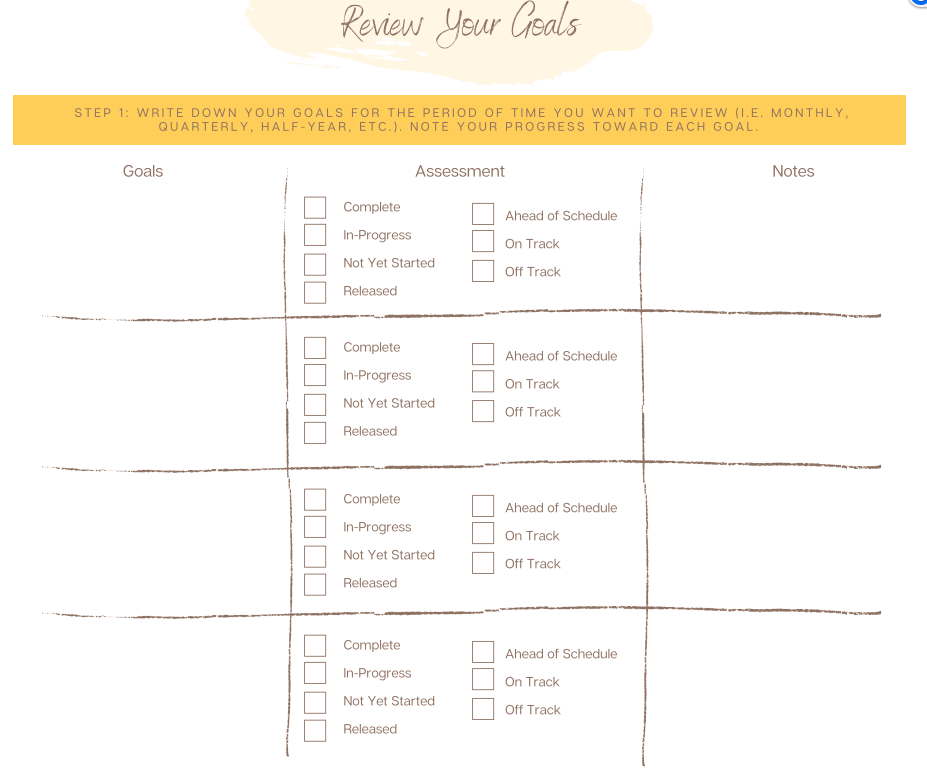

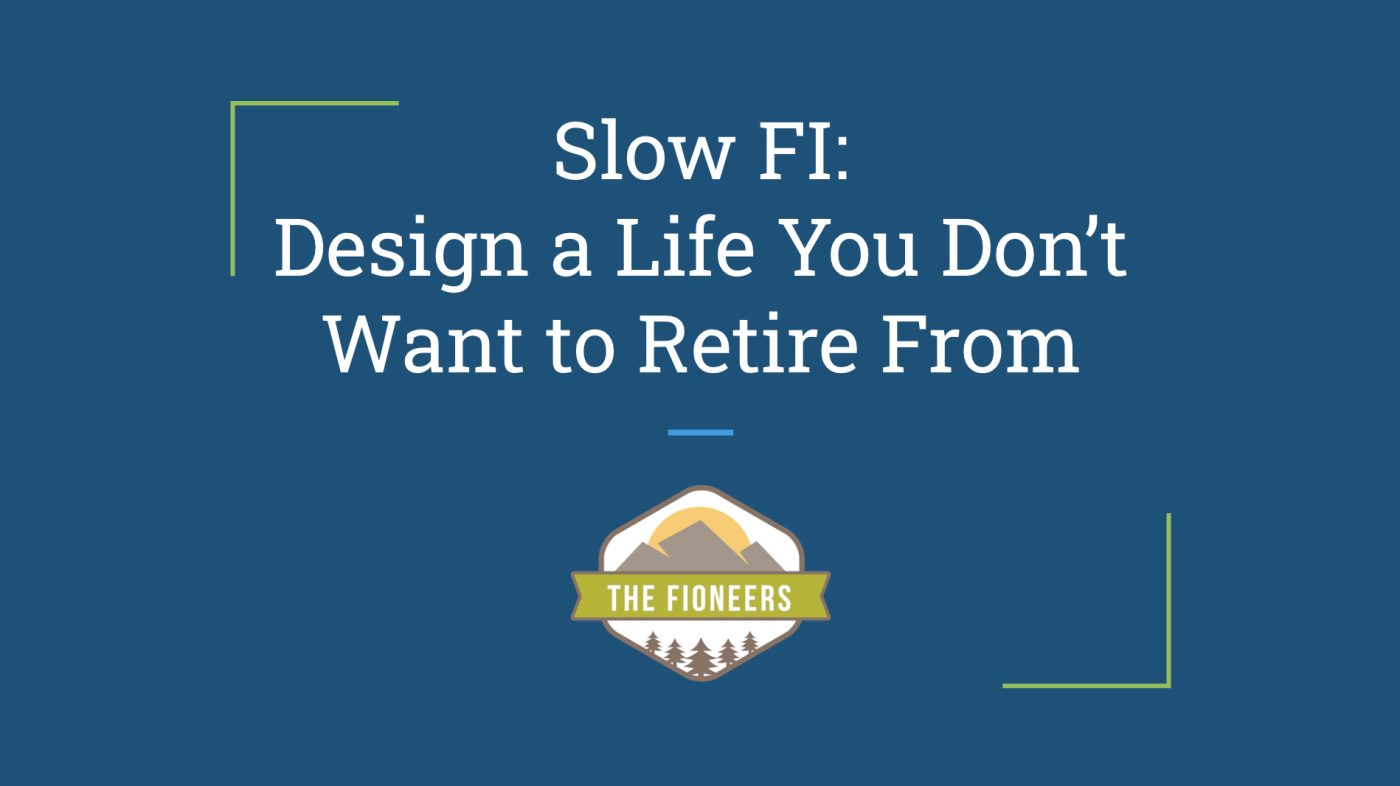
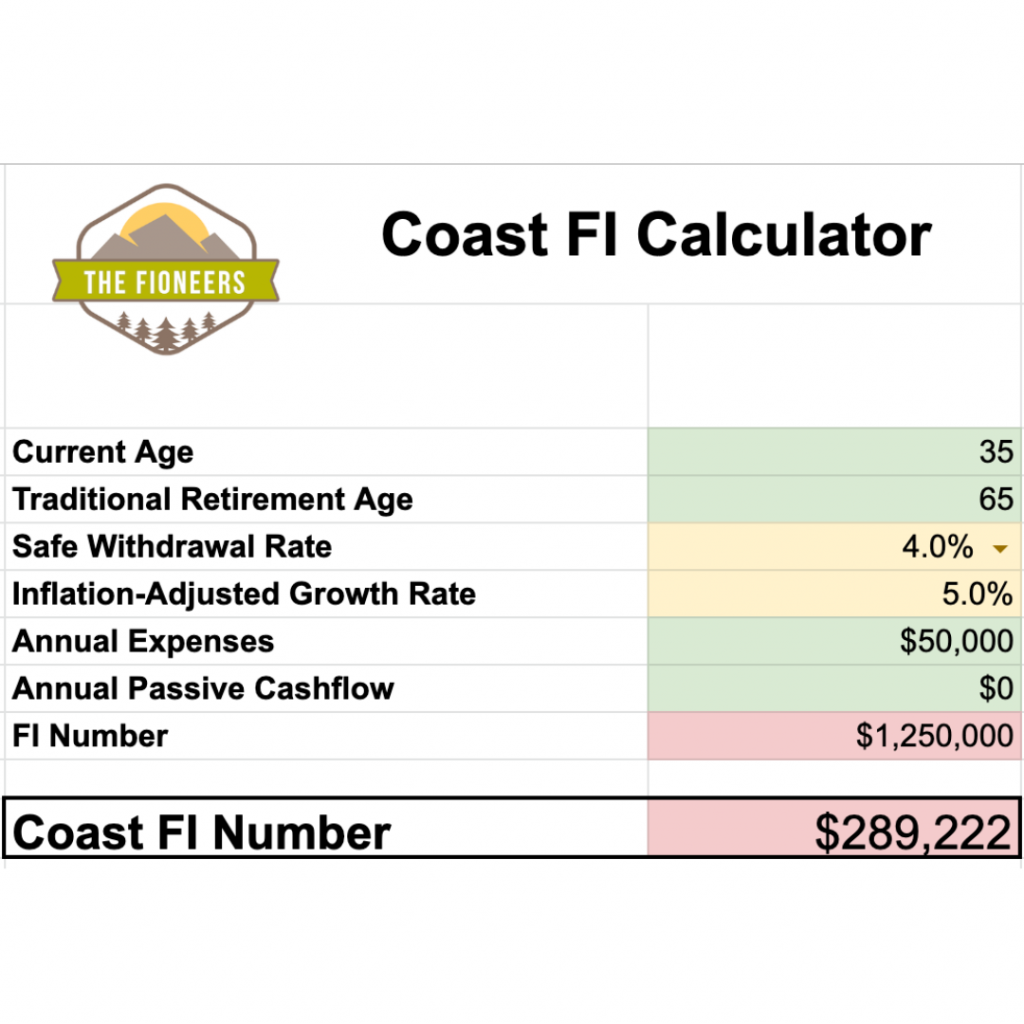



That’s great. I always say everyone needs to find their own path. What works for me probably won’t work for you. You have to work with your partner and find the right solution for your family.
For me, the purpose of FI is to free up time. Then you can do what you want. If you want to work, then keep working. If you don’t, you can find something else to do. Working for someone else limits your options greatly. Although, if you enjoy your job, you should hang on to it for as long as you can. Working and contributing to society is a good thing.
Good luck on your journey!
Thanks for sharing your journey!
It wasn’t until earlier this year where I finally realized FI wasn’t just about retiring early. As a late starter on this journey, I was often frustrated by the fact that I would only be able to retire a few years earlier than the typical retirement age. My only way around that would be extremely cut back on all of my lifestyle inflation or work more hours.
Then it dawned on me that I could use my journey to FI as a way to increase the choices I had in my life. Sure I will likely still have to work, but it doesn’t have to be 40+ hrs a week or at the same job. FI turned into a journey of options instead of simply retiring early. So glad we both came around and realized how FI fits into our lives.
Hi Melody,
I love this statement “FI turned into a journey of options instead of simply retiring early!” It is so true! I’m excited to see what you decide to do on this journey!
Jessica
When you say that Two-Stage Retirement Journey involves firstly steady or rapid wealth accumulation – earning the big bucks and saving hard – followed by abrupt cold-turkey style retirement – I totally get what you mean.
I tried to go three days a week in my last job as a pretense for early retirement but was told not “no”.
I quit that job and now earn twice as much but the “rapid wealth accumulation” is accompanied by high stress, long hours and other problems.
I’d like it if there was an alternative but this is where we are right now.
Now work takes up all my time and energy and I would like to stop that – but the money is too good to give it up (just yet).
Ideally, a job with 25 hours a week would be amazing but they don’t seem to exist in my field (engineering)
Hey! Thanks for the comment here.
I actually work 24 hours/week and it’s perfect! Have you heard of The Frugal Engineers? I’d look them up. They quit their jobs to do freelance engineering and work only part-time for themselves now in their 30s. It sounds like they have a pretty great set-up. We’ll be featuring them soon in a Slow FI interview, so look them up now and stay tuned!
Best,
Jessica
I was drawn to the “simple living movement” in college, which has a lot of common ties with FIRE. Slowing down, enjoying everyday things like homemaking, and just focusing on living. For us, front-loading our careers in our 20’s enabled that simpler lifestyle in our 30’s, and I wish I would have taken time in my 20’s to slow down sooner.
Hi Kim,
Thanks for sharing! We also front-loaded our careers quite a bit in our 20s as well. We’re very happy to be able to slow down in our 30s. It’s surprising that learning about FIRE is what convinced us to slow down! I love the slow living movement too. I’ve been very inspired by it!
Thanks for the comment.
Jessica